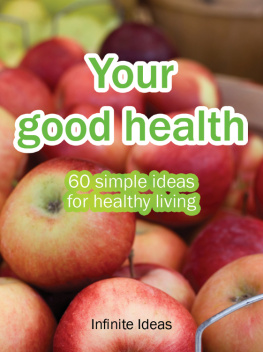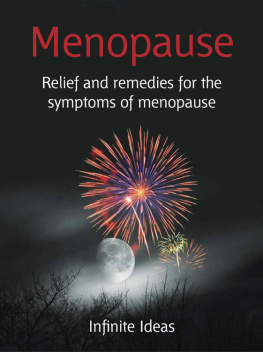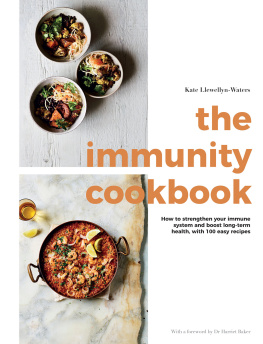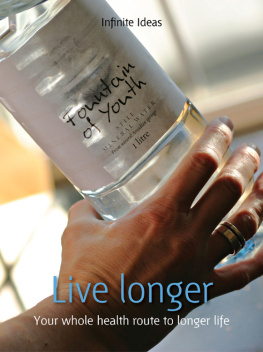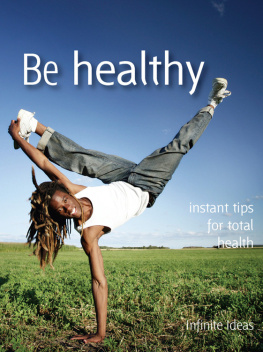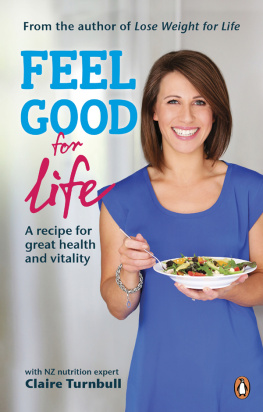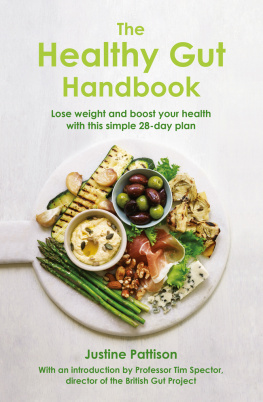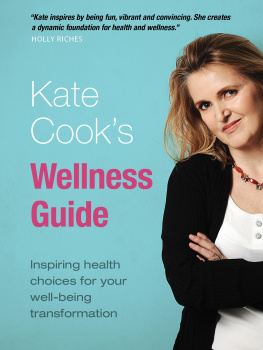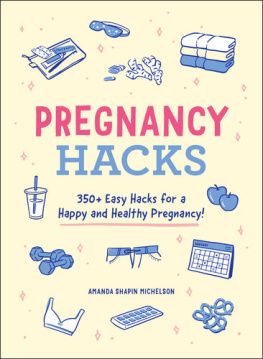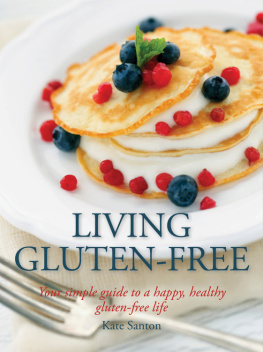Your good health
60 simple ideas for healthy living

Watch your portions

Are you suffering from portion distortion? Think little, not large when selecting your portion. One persons small portion can be another persons medium or even large. Its all in the eye (and stomach, unfortunately) of the beholder. Avoid all you can eat buffets, meal-deal lunches and king-size chocolate bars and use this handy guide to portion control to help you visualise what a portion should look like.
- a portion of meat or fish: the size and thickness of your palm.
- a portion of hard cheese: the length and width of your thumb.
- a portion of cereal: the size of your fist.
- a portion of vegetables: two cupped handfuls.
- a portion of cooked rice, pasta or potatoes: one cupped handful
- a portion of jacket potato: the size of your fist.
- a portion of butter or margarine: the tip of your thumb (from the knuckle).
Chew this over

To help prevent over eating chew sugar-free gum or clean your teeth after a meal or a snack. As well as cleaning your teeth and giving you sweet breath, it sends you a psychological message that you have finished eating and that it is time to do something else. Make a clean break when your meal ends so that you really know that it is over.
Are you allergic?

If you suffer with symptoms that you think may be caused by your being intolerant to certain foods, try keeping a food and symptoms diary for a couple of weeks. Write down all the food you eat and the symptoms you experience, and when you eat or experience them. This will help you to identify possible food triggers for your symptoms and will help your doctor to make a diagnosis too.
Time for an oil change?

Olive oil lowers bad cholesterol and raises good, is essential for healthy cell formation and improves digestion. Its also packed with antioxidant vitamins A and E, as well as vitamins D and K, vital for strong bones. When shopping for olive oil, look for extra virgin. It means the oil is pressed from olives that are not damaged, bruised or subjected to adverse temperatures or too much air, or that have had additional treatment such as heat or blending with other oils. What is simply termed olive oil is often a blend of lesser-quality refined oils with some virgin oil added to give the right balance of flavour. Extra virgin olive oil, however, has the highest concentration of cancer-fighting antioxidants.
2. What goes in

Break your fast

Get a good breakfast in! A recent study revealed that people who didnt eat breakfast were more likely to be overweight, and less intelligent than those who did. So if you didnt have a good reason before, you have now. A good breakfast will sustain you through to lunch, but remember that sugary cereals and white toast will pick you up and then drop you like a stone. Try porridge with dried fruit and nuts, muesli or whole grain cereal, or an egg with wholegrain toast and you wont be reaching for the biscuit tin by ten oclock. Round off your breakfast with a cup of tea to start your day with a spring in your step.
Snack attack

Eat several snacks during the day rather than three great big meals. This will prevent too many massive peaks and dips in your blood sugar level which send you rapidly from frenzied highs to draining lows so youll be able to step off that blood sugar rollercoaster. Choosing the right kind of food to snack on is the key. Protein is low on the GI index, which means it elevates your blood sugar levels slowly and steadily but meat is not the only source! Snack on nuts and seeds almonds and sunflower or pumpkin seeds are ideal. Or try oatcakes with goats cheese, hummus or cottage cheese. If this doesnt appeal then fruit with yogurt is always an option.
Hooked on fish

Oily fish such as sardines, salmon, pilchards, mackerel, herring or tuna are good for you. The oil in fish seems to help reduce the risk or the severity of heart disease by lowering the fats in your bloodstream, making your blood cells less sticky. Eat it two or three times a week if you can even three times a month will help ward off heart disease. This shouldnt be fried fish or fish cooked in batter youll lose the benefit of the fats in the fish if you do this try these ideas instead. What about fresh salmon, grilled or poached in a little milk and garnished with fresh dill or parsley? Whole mackerel is a great fish to cook on a barbecue or try them stuffed with lemon chunks and herbs and baked in foil for a stylish dinner. Or try adding ready-to-eat smoked trout fillets to a salad, giving a lunch thats high in cancer-fighting selenium as well as Omega-3. Tins are also good add a tin of anchovies to tomato-based pasta sauces or use as a pizza topping. Or mash a tin of sardines, herring or pilchards onto multigrain toast for a speedy snack or simple supper.
Healthy kids

Get your kids into food early and make food fun. Get them to help you prepare food in the kitchen, make up food quizzes or use storytime to talk about food and throw in lines such as Rabbits eat carrots, and youve never seen a rabbit wearing glasses now, have you? The pull from TV and peer pressure is so great that you must exert your influence or get lost in a sea of chicken nuggets and burgers. Introduce your kids early to non-sweet and non-salty food and theyll actually grow up to turn their noses up at junk food.
Sprout your own superfood

Beansprouts can be eaten raw as a snack, in sandwiches and salads or cooked in stir-fries. They are rich in vitamins, minerals and antioxidants so why not have a go at growing your own? Buy some mung beans (available in most large supermarkets) rinse, then soak in clean water for 12 hours. Rinse again, and pour the beans into a clean glass container. Cover the container with clingfilm to stop the beans drying out and place on a cool, bright window ledge. Rinse the beans and replace in the container every morning and every evening (this is important to avoid mould formation). Within 45 days your beans should have started to germinate. Your crop is ready to eat when most of your sprouts have developed two small leaves.
Introduction

Next page
